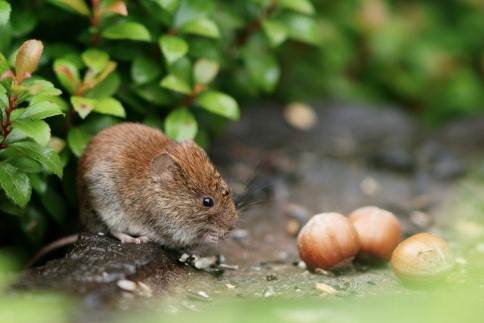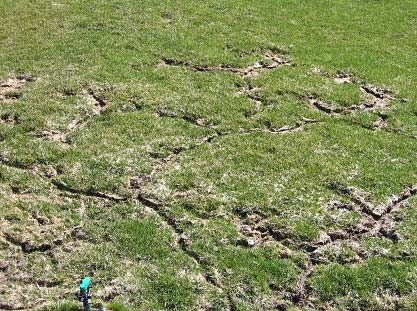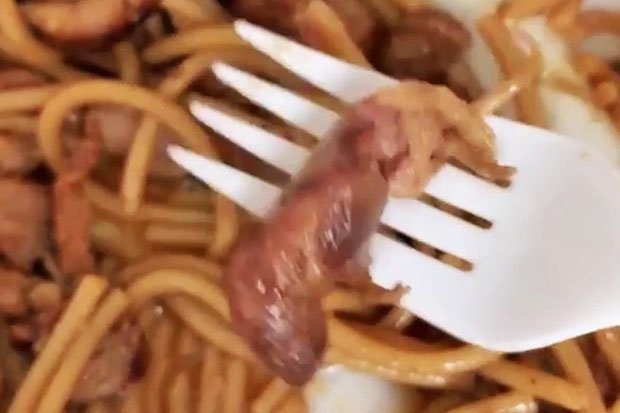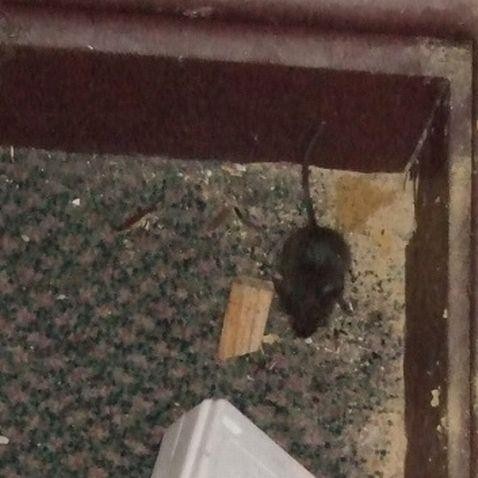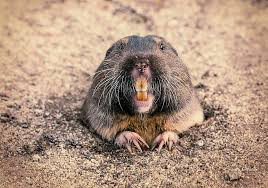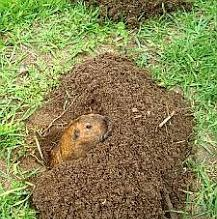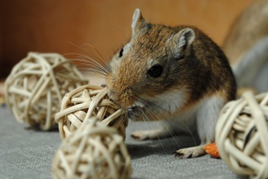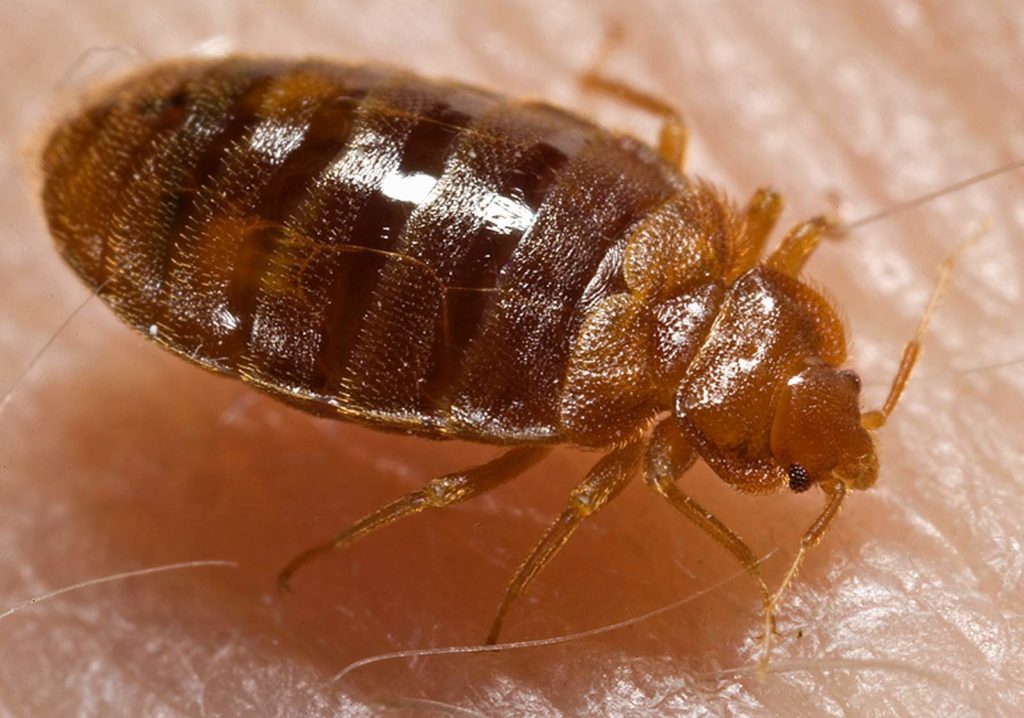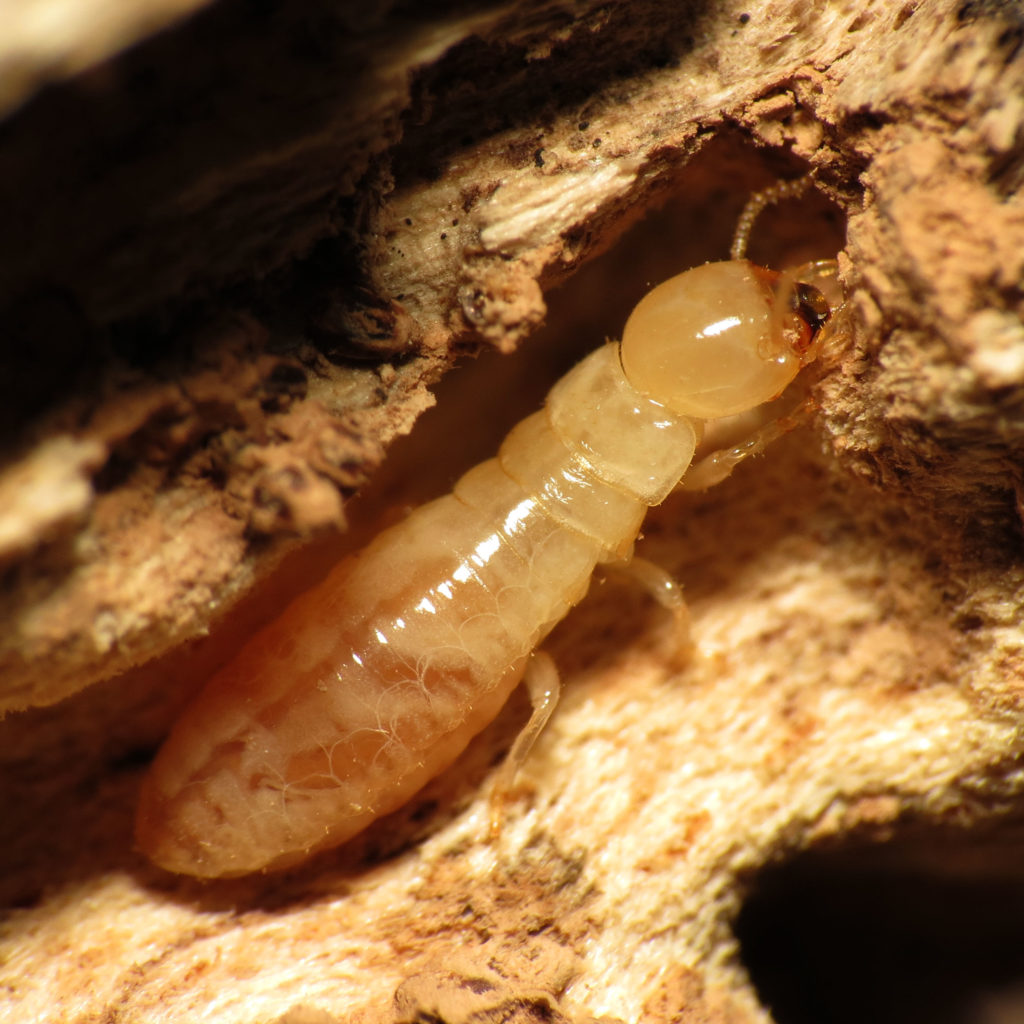Mothballs have been used as a traditional way to ward off any rodents but are they really effective? They are largely ineffective and they definitely are not good for health. In fact, they are carcinogenic. Manufacturer’s instructions regularly warn against using mothballs for any purpose other than those specified by the packaging, as such uses are not only harmful and noxious, they are also frequently considered illegal. They are a nuisance to mainly humans as they can lead to anemia, cataracts in not only humans but also rats, rabbits, and mice. They can even lead to retinal hemorrhage. Don’t believe us? Given below is evidence which has been taken from a new article published by The Lewiston Tribune.
The use of mothballs to ward off rodents from cars parked at Corn Creek Boat Launch may be effective, but it’s still illegal.
Sun., May 19, 2019, By Eric Barker
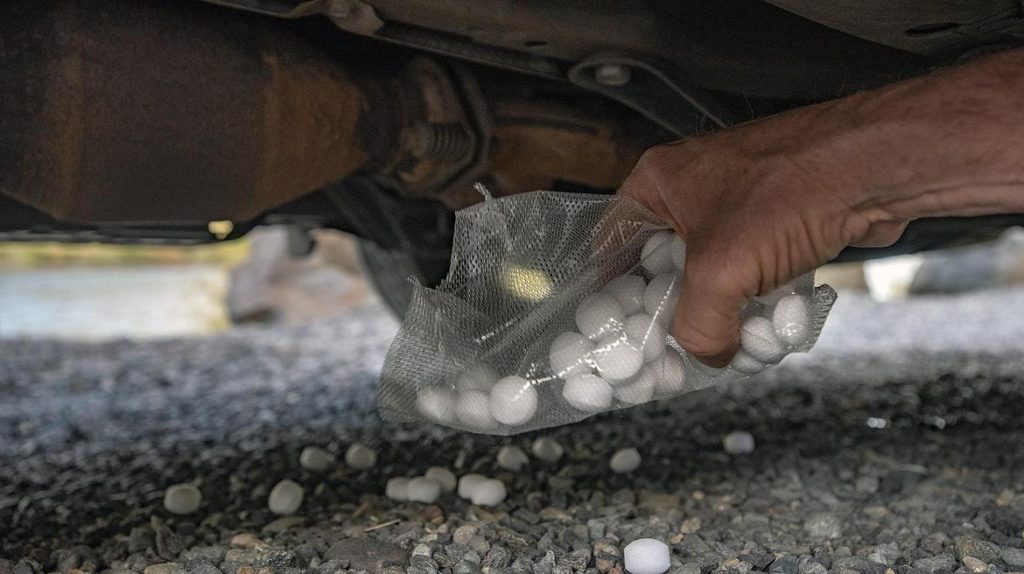
LEWISTON – A clever hack being used by river runners to protect their cars at the Corn Creek Boat Launch on the upper Salmon River has drawn the ire of officials on the Salmon-Challis National Forest.
According to a news release from the agency, some rafters and kayakers who leave their vehicles parked at the boat ramp while floating the river place mothballs under their rigs. The idea is to deter mice and other rodents from climbing into the engine compartment and causing havoc.
The mothballs deployed by river runners at Corn Creek are meant to deter the messy and destructive mice, marmots, rats and other rodents. But the balls Grandma used to keep moths from chowing on wool garments are also considered a pesticide. It’s illegal for people to apply such chemicals, even in the form of mothballs, on federal land.
Salmon-Challis National Forest spokeswoman Amy Baumer said some agency workers have even become sick from constantly breathing mothball fumes at Corn Creek.
Rodents sometimes enter the dark nooks and crannies of parked car and truck engine compartments to build nests. The rodents generally make a mess when they do this, but they can also do costly damage with their teeth. Rodents sometimes like to chew on rubber, damaging fan and engine belts or the sheathing that covers electrical wires.
Even worse, some late-model cars have wires with sheathes that are soy-based and apparently irresistible to vermin. When they chew on the apparently delicious and environmentally friendly wires, they can destroy the wire harnesses, short electrical systems and causes tens of thousands of dollars of damage.
The mothball deployment tactic seems to be limited to just Corn Creek.
The U.S. Forest Service news release said the use of mothballs is a violation of 36CFR, which bans the use of any pesticide aside from insect repellent. It quotes the National Pesticide Information Center as saying, “Mothballs are nearly 100 percent active ingredient, and the active ingredient may be either naphthalene or paradichlorobenzene. Each active ingredient can cause different health effects if the exposure is high enough. Mothballs slowly turn from solids to toxic vapor. When you smell mothballs, you are inhaling the insecticide. Mothballs can also be dangerous if they are chewed or swallowed. Children, pets and wildlife may mistake them for food or candy and eat them. One mothball can cause serious harm if eaten by a small child.”
Baumer said, for now, Forest Service law enforcement agents aren’t writing tickets to mothball rodent warriors and instead are choosing to inform them of the dangers.
“We are just trying to get the word out and get people educated,” she said.
So what can we do to take care of this? If the traditional methods have stopped working then what can we use?
We, at C Tech Corporation, can provide you with an effective solution. Our product RodrepelTM is developed by using green technology. It is extremely low toxic, low hazard, low concern, and non-mutagenic animal aversive. It is durable at extreme climatic conditions.
Our product is ROHS, ROHS2, ROHS3, EU BPR, NEA compliant and FIFRA exempted. Our product does not cause harm to target as well as non-targeted species. It just repels them from the applied product. It works on the mechanism of fear, discomfort, aversion, training, and conditioning.
RodrepelTM is available in three forms namely masterbatch, liquid concentrate, and lacquer. Masterbatch can be incorporated into applications like fencing, wires, cables, water pipes, other polymeric applications, etc. The liquid concentrate can be mixed in paints to repel rodents from the area required. Lacquer form can be directly applied to the application such as wooden fences, guards, installed wires and cables, any other application that requires protection.
The RodrepelTM rodent repellent spray can be used by anyone and is an easy to use product. It can be sprayed in the cars, gardens, garages, warehouses, storerooms, etc. to keep the rodents away.
Contact us at technical.marketing@ctechcorporation.com if you’re facing problems with rodents and get best remedies to combat this menace.
Also, visit our websites:
http://www.ctechcorporation.com/
http://www.rodrepel.com/
http://www.termirepel.com/
http://www.combirepel.com/
Follow our Facebook pages at:
1] https://www.facebook.com/Combirepel-411710912249274/
2] https://www.facebook.com/Termirepel-104225413091251/
3] https://www.facebook.com/Rodrepel-120734974768048/
Follow us on our Twitter pages at:
1] https://twitter.com/rodrepel
2] https://twitter.com/termirepel
3] https://twitter.com/combirepel

